This is a guest post from my dear friend Jana – Enjoy reading 🙂
When hearing „Sahel,“ people in Germany might first think of the Sahel region, which stretches across the African continent just south of the Sahara. However, the Egyptian Sahel (Arabic: el-Sahel el-Shomali = „northern coast“) has little in common with that region. Sahel, as the Egyptian northern coast along the Mediterranean is also known, is a well-kept secret among Egyptians—a paradise with white powdery sand beaches and turquoise waters straight out of a picture book. Or is it?
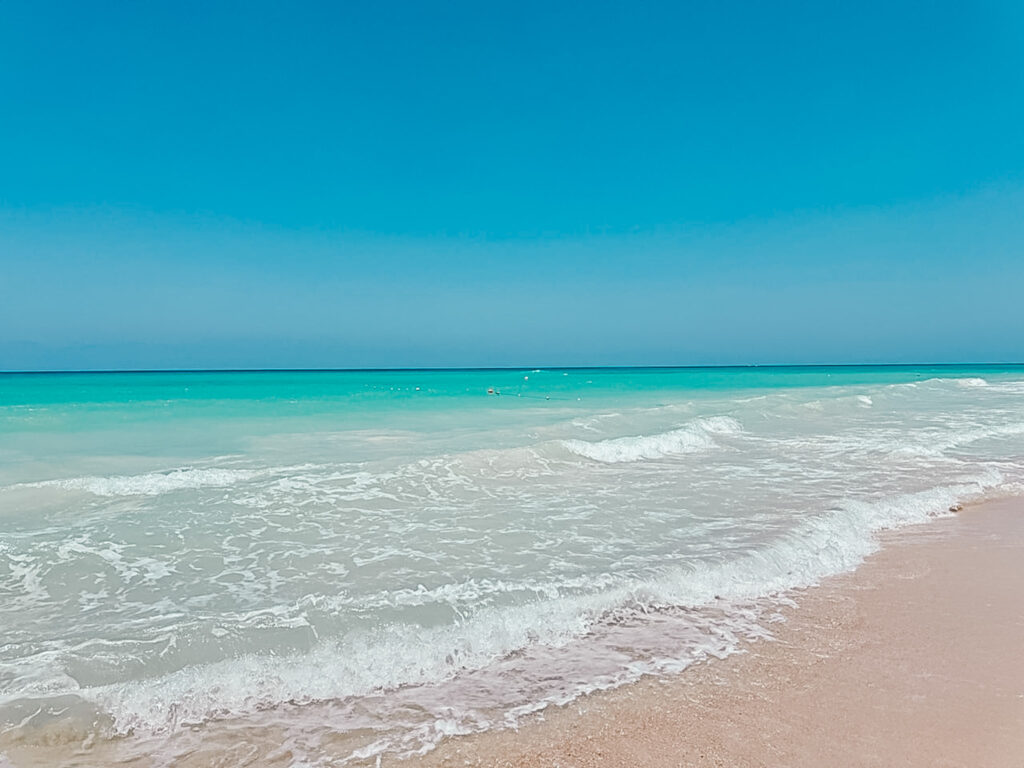
About Sahel
The coastal area of Sahel is located about a three-hour drive north of Cairo on the beautiful Mediterranean Sea. Some might recognize the coastal town of El-Alamein in connection with World War II, where the Battles of El-Alamein took place in 1942 during the war. In these battles, the German-Italian forces fought against Britain and its allies, with the Allies emerging victorious. Today, there are memorials commemorating the soldiers who fell during these battles. In 1959, several military cemeteries were established here. The German cemetery contains 4,213 graves, while the Italian one has 5,200. Additionally, there is a Commonwealth War Cemetery where 7,500 soldiers are buried. The memorial site is open to visitors, and each year, the respective embassies, along with the military, hold a memorial ceremony here and lay wreaths. Today, this historically significant location has become one of the most popular and exclusive beach resorts, where Egyptians from Cairo flock every summer.
In fact, the northern coast is largely unknown to foreign tourists. The season in Sahel lasts only two months, from early July to early September. After that, the entire hustle and bustle ends until the next year. All shops, restaurants, and even some supermarkets close and wait for the following year. In Egypt, there is a real hype around Sahel; one could describe it as the Mykonos or Ibiza of Egypt.
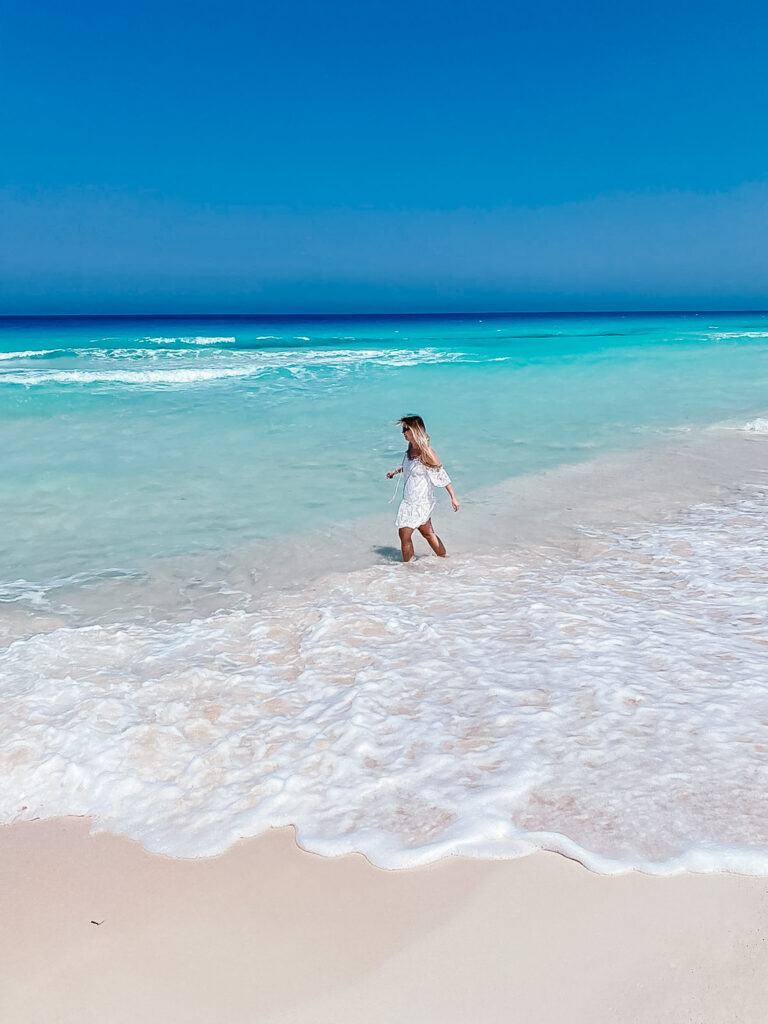
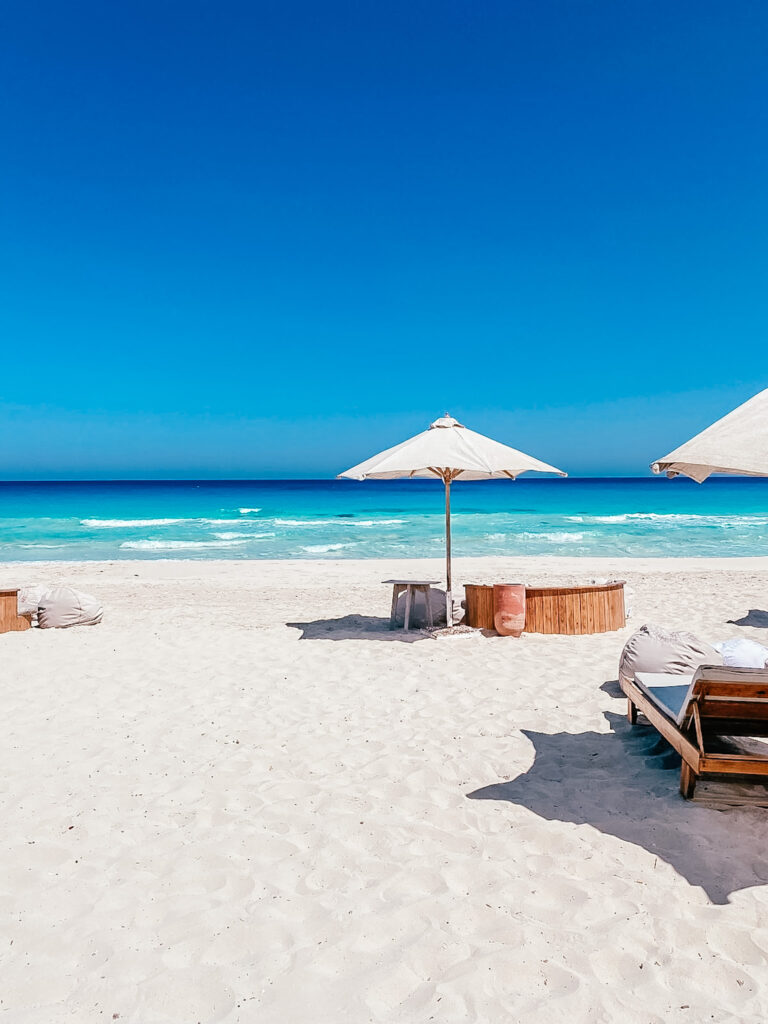
My trip to Sahel
It’s summer in Cairo, temperatures soar above 40 degrees Celsius, and the heat is almost unbearable. Even the Red Sea feels like a warm bath. How wonderful it is that you can escape this scorching heat in just three hours. The northern coast is always about 10 degrees cooler. A pleasant breeze blows, and the sea is relatively rough with high waves. The sand is snow-white and soft, and the sea appears in dozens of shades of blue and turquoise. You feel like you’re in paradise here, with the sand squeaking under your feet as you enjoy a cocktail and watch the sunset over the Caribbean-like sea.
Sahel is not just a stretch of coastline on the Mediterranean with dreamy beaches; it’s the place to be for Egyptians. It’s all about seeing and being seen. After all, why else would you spend the entire year at the gym working on your Formet el-Sahel (Sahel body)? Only the best of the best is packed for the trip. People sometimes spend hours at the hairdresser to ensure they shine with a perfect hairstyle on the beach in the evening, drawing all the attention.
The beaches
There is also a bitter aftertaste. The beaches are not accessible to everyone. Only those who know someone or are fortunate enough to own a chalet or perhaps even a villa in one of the many luxurious compounds can consider themselves lucky enough to even set foot on the beach. The entire coastline is blocked off by compounds that stretch for kilometers, completely obstructing the view of the sea. There are guarded entrances and barriers that prevent anyone from entering these gated communities. Without at least an access code, you won’t be able to catch a glimpse of the sea.
You can, for example, book a (very basic) chalet in one of the compounds through Airbnb at exorbitant prices and finally feel the fine sand beneath your feet. However, a long and leisurely beach walk is not an option, as the beach is divided into sections for guests, owners, and even hotels, which also exist within the compounds. Guests who have only rented a chalet are not allowed to access the owners‘ section. Security personnel ensure that no one ends up in the wrong section.
Transportation
Another challenge arises if you’re without a car. The coastal stretch spans over 100 kilometers, and everything is spread far apart. Therefore, having a car is absolutely necessary to get from point A to point B. Without a car, Sahel is not recommended, as the compounds themselves are so large that you need a vehicle to get around within them.
The Beach Clubs
By the way, most locations don’t open until the afternoon, between 2 and 6 PM, because in Sahel, it’s common to turn night into day and sleep until noon the next morning. Definitely not for early risers. There are a few restaurants that offer breakfast starting at 11 AM. If you can’t wait until noon, you can always head to a supermarket and take care of yourself. The beaches usually have small street food stands with popular Egyptian brands as well.
Within Sahel itself, there are also distinctions. There’s an additional separation between Sahel el-Tayyeb (the good Sahel) and what Egyptians have dubbed Sahel el-Sherir (the devilish Sahel). Sahel el-Tayyeb refers to the older, more traditional Sahel, which isn’t overly luxurious and is considered somewhat more „conservative.“ Sahel el-Sherir is located a bit further west along the same coastline but is significantly more expensive and exclusive. Here, you’ll find everything a party lover could desire: alcohol, scantily clad women, belly dancers, parties until dawn, the best DJs, and everything else that goes with it. This is where Egypt’s upper class gathers to let loose within their own bubble.
Before entering any venue on the beach, you must go through a reservation process. In addition to the usual details, this process includes a mandatory field for providing the social media profiles (Facebook, Instagram) of all guests. If these aren’t provided, the reservation request won’t even be considered. And all you want to do is go to the beach, not to Berghain in Berlin. For the trendiest beach clubs, you may also have to pay up to 100 euros per person for entry. In the evenings, not only do Egyptian stars perform, but sometimes global celebrities like J.Lo or Jason Derulo take the stage.
In some beach clubs, wearing a hijab or a burkini is prohibited. This seems paradoxical, given that you’re in a Muslim country where the vast majority of women wear headscarves. This policy ensures that only the „right“ kind of guests are allowed in.
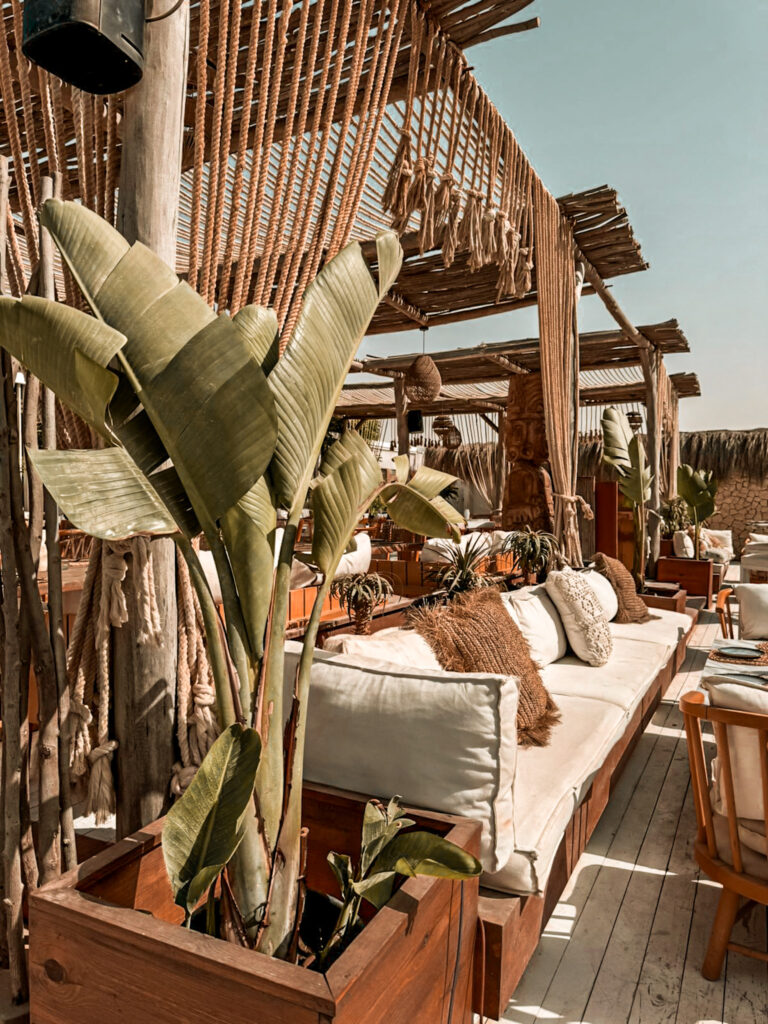
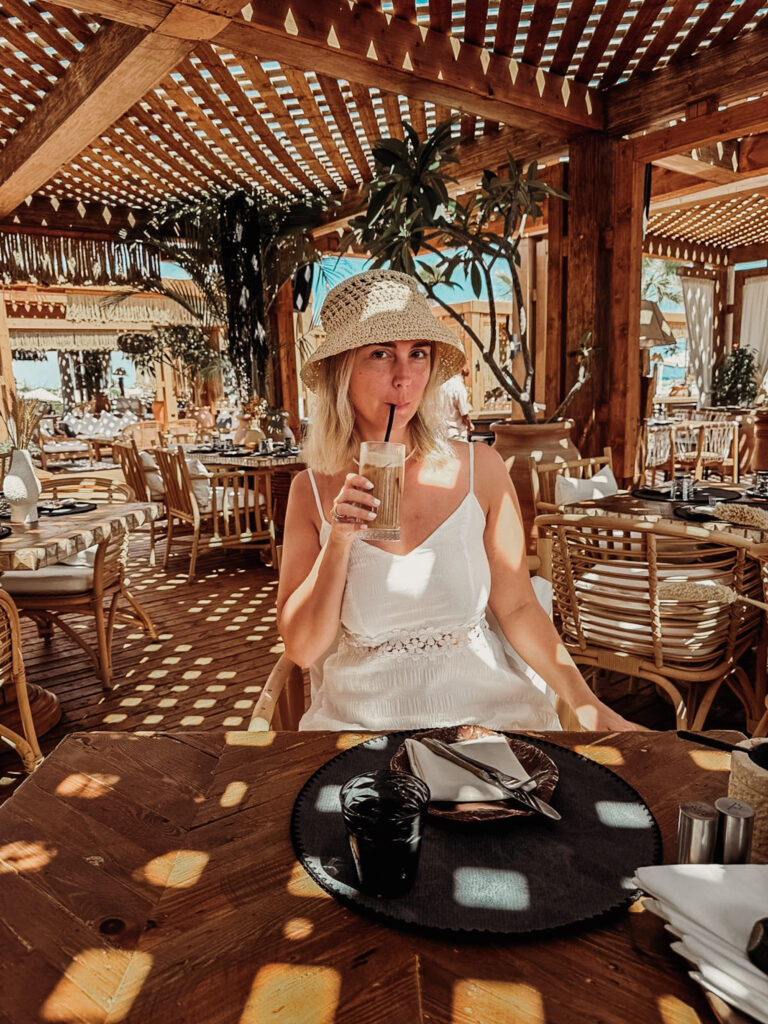
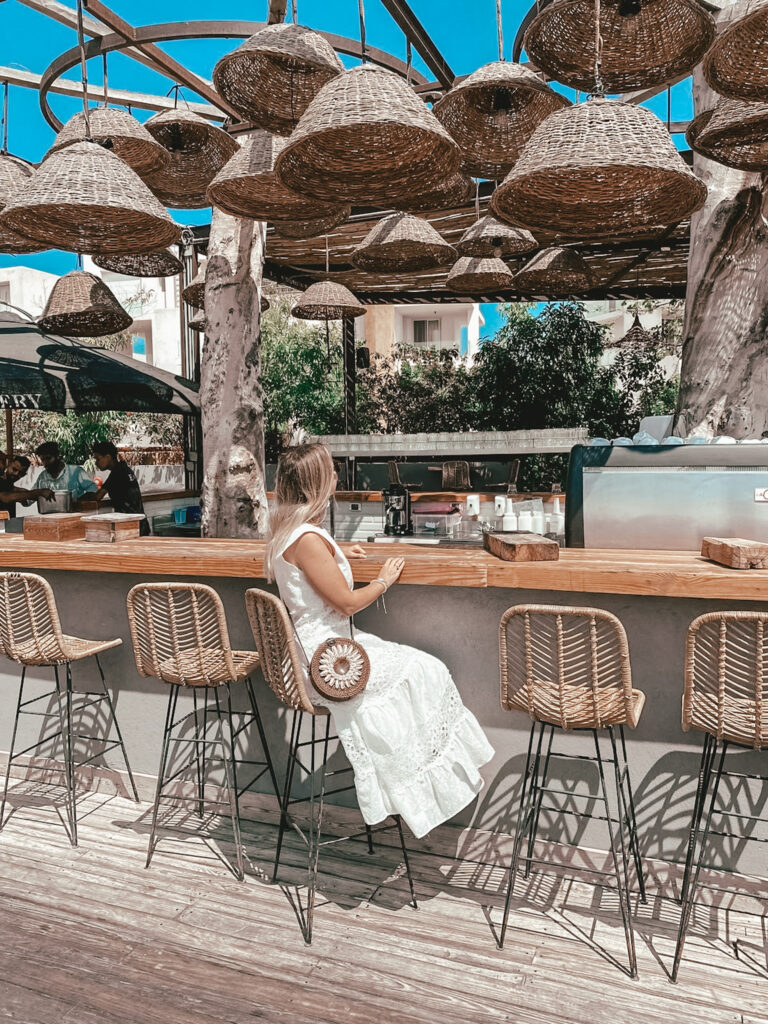
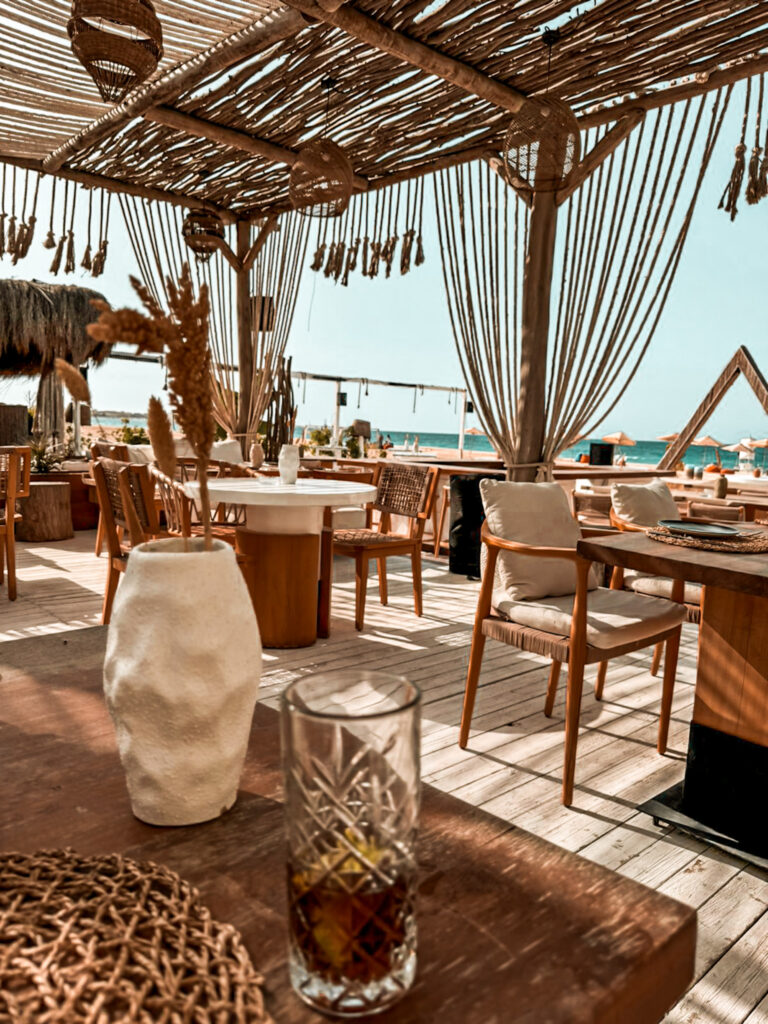
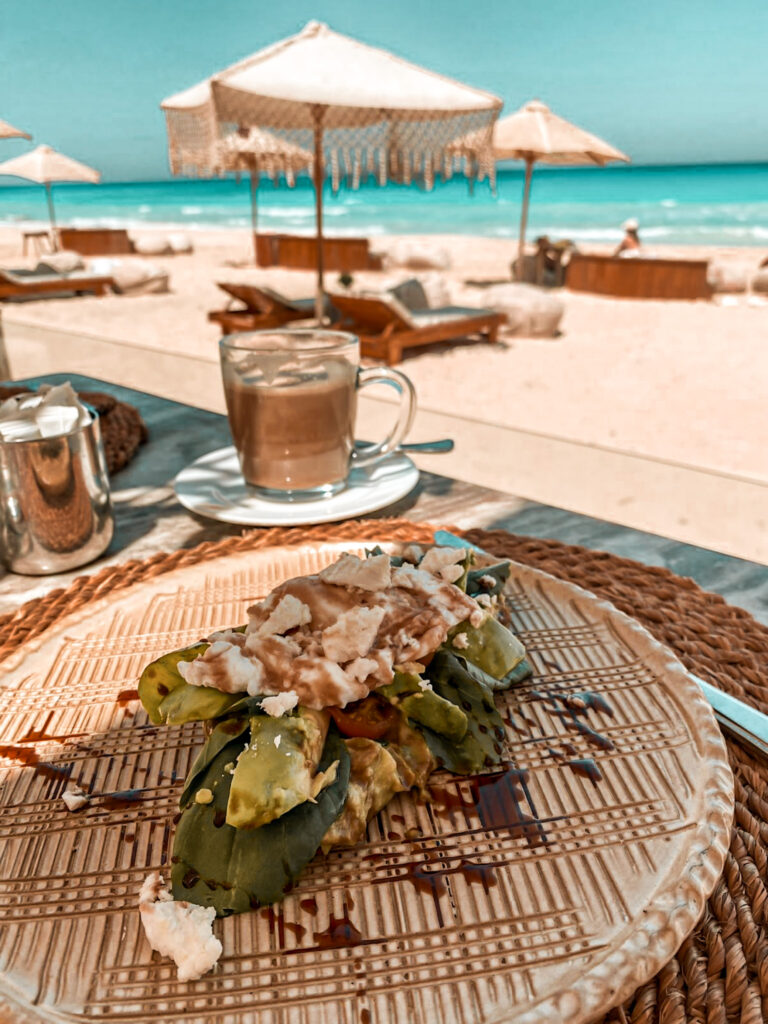

Conclusion
The northern coast is much more than just a beach destination; it is, in some ways, a reflection of the increasingly polarized Egyptian society. If you can come to terms with these circumstances and are prepared to spend more than you might expect in Egypt, then Sahel is definitely worth a visit—especially to experience the vibrant atmosphere firsthand. The vibes here are undeniably positive, and the beach clubs are truly stunning.


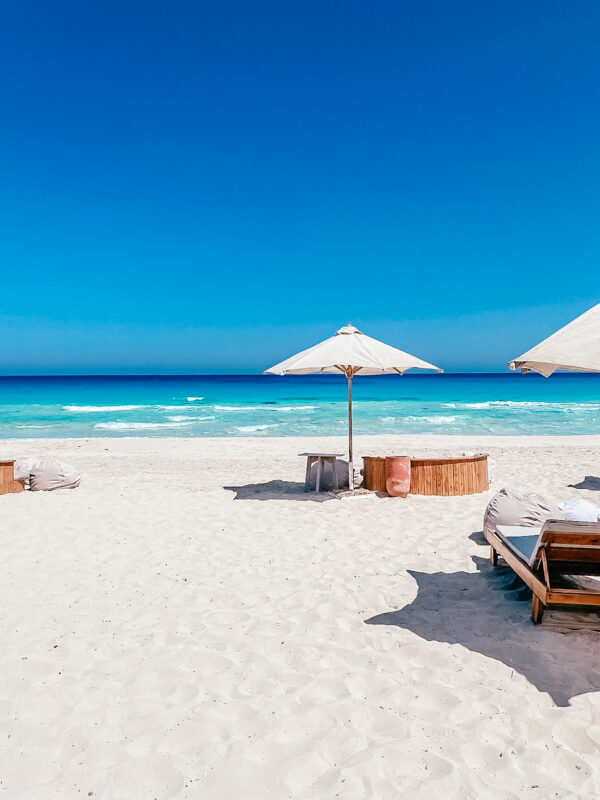

Schreibe einen Kommentar